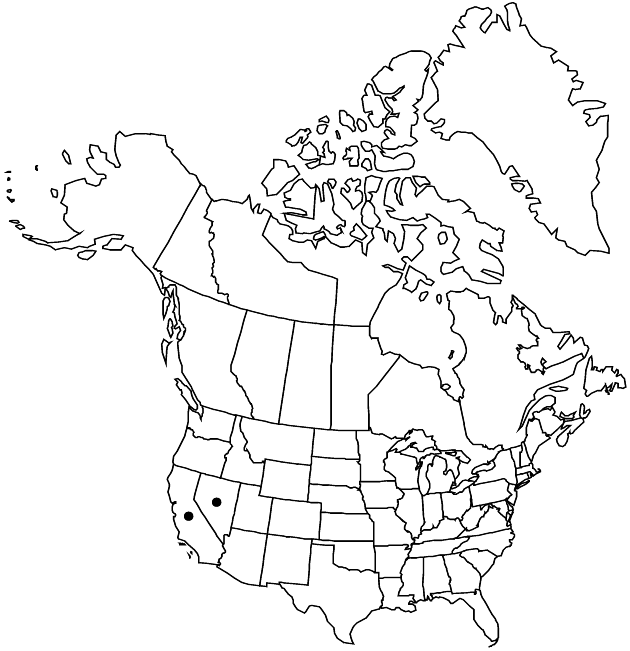Crepis runcinata subsp. andersonii
Publ. Carnegie Inst. Wash. 504: 104. 1938.
Common names: Anderson’s hawksbeard
Basionym: Crepis andersonii A. Gray
Synonyms: Crepis runcinata var. andersonii (A. Gray) Cronquist
Revision as of 00:14, 27 July 2019 by FNA>Volume Importer
Plants 25–50 cm. Leaves: petioles broadly winged; blades oblanceolate, 2–3 cm wide, margins strongly and coarsely serrate or toothed (teeth prominently white-tipped), faces glabrous or hispidulous. Heads 6–20. Involucres 19–21 mm. Phyllaries broadly lanceolate, apices long-acuminate, faces usually stipitate-glandular. Cypselae pale yellow to reddish brown, 6–8 mm, ± distinctly beaked; pappi 6–9 mm. 2n = 22.
Phenology: Flowering May–Jul.
Habitat: Alkaline seeps, grasslands, moist alkaline valley bottoms
Elevation: 1200–1500 m
Discussion
Subspecies andersonii is identified mainly by the relatively large involucres with densely stipitate-glandular phyllaries and the leaf margins with sharp, prominently white-tipped teeth.
Selected References
None.
Lower Taxa
None.
